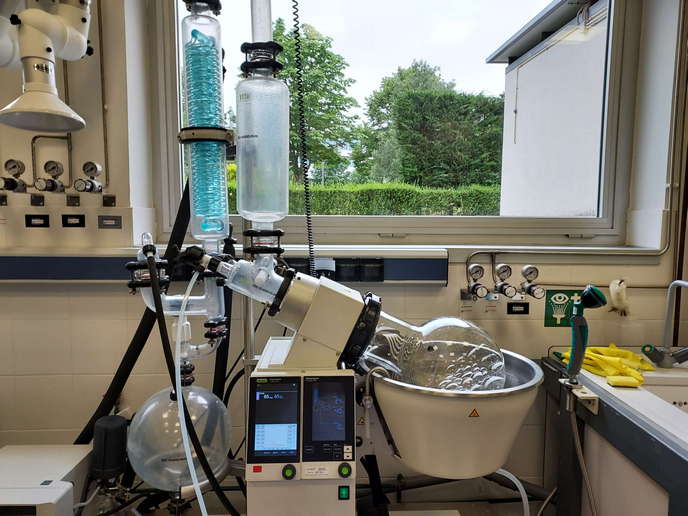Spectral imaging to make fruits and vegetables safer to eat
Mass food production and a growing agricultural sector come with a risk of increased contamination and food-borne disease, requiring better safety mechanisms. The EU-funded SPECIMFOOD (Spectral imaging for contaminant detection on fresh food produce) project worked on developing online spectral imaging technologies to rapidly assess safety and quality of fruits and vegetables. Aiming to diminish food safety risks both before harvesting and after production, the project focused on leafy greens linked to serious disease outbreaks and on common produce like apples. To achieve this, the project team compared different image analysis techniques on leafy greens such as spinach to detect faecal matter. The techniques included hyperspectral fluorescence using ultraviolet light and hyperspectral reflectance imaging in the visible to near-infrared regions, demonstrating detection between 87 and 100 % depending on the dilution rates. In addition, the team used hyperspectral fluorescence imaging with ultraviolet-A excitation to detect bovine faecal contaminants on romaine lettuce. It fine-tuned the technology to eliminate false positives, validating another important tool to advance food safety. Violet fluorescence excitation, partial least square discriminant analysis and wavelength ratio methods were also tested for detecting faecal contamination. One particular wavelength ratio technique using four wavebands successfully identified 100 % of faecal contaminations on fresh and non-fresh leaves. The project also proposed an online fluorescence imaging inspection system for faecal contaminant detection to help producers reduce food-borne illnesses and minimise economic losses. On another front, the team developed a multispectral algorithm to detect defective apples using a fast line-scan hyperspectral imaging system mounted on a conventional apple sorting machine. The system detected over 95 % of defective apples and 91 % of normal apples, promoting food safety, enhancing quality, increasing efficiency and reducing costs for the apple industry. With respect to food processing surfaces, the project developed a handheld fluorescence imaging device to detect harmful food residues associated with food-borne illness outbreaks. The device can be used in the food industry as a visual aid to help detect specific food residues. All these developments will ultimately go a long way in helping agriculture become safer, more efficient and more cost effective.







